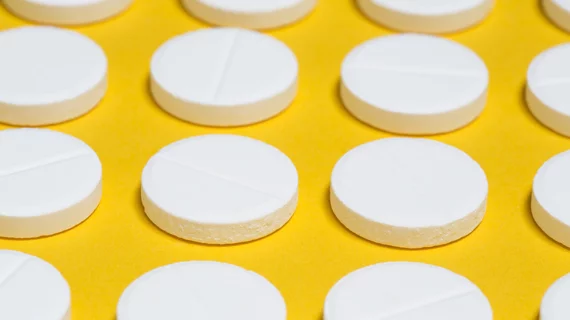Five major pharmaceutical companies could each lose $500 million or more in revenue per year if a proposal from the Trump administration to reimburse Medicare Part B drugs based on an international pricing index (IPI) is finalized.
Another six companies could each have between $100 million and $500 million in revenue at stake, according to PwC, which analyzed the impact of the reimbursement changes.
The advance notice of the proposal––which was released Oct. 30, 2018, and has a five-year phase-in starting in 2020––would base the reimbursement of Medicare Part B drugs on prices paid for the same drugs in 14 countries, including Japan, Canada and 12 countries in Europe.
Medicare Part B covers drugs that are typically administered in a physician's office or other healthcare facility. According to CMS, the savings from the IPI model could hit 30 percent per drug, generating nearly $18 billion in savings for Part B from 2020 to 2025 and $1.8 billion in Medicaid spending.
Pricing impacts
The difference between the international and domestic prices would be a substantial decrease in revenue for some pharmaceutical companies, according to PwC’s Health Research Institute. The model would limit pricing growth and reduce long-term spending in Medicare Part B because the countries where the prices will be based have pricing regulators that limit increases. The proposed model would also help get around patent protections that keep drug prices high in the U.S.
“While pharmaceutical and biological products would ordinarily not be subject to U.S. competition until the dates their patent protection or marketing exclusivities expired, the administration’s international pricing index approach would have these drugs essentially ‘compete’ with prices paid by foreign governments, even if patent exclusivity remains in effect,” the report reads.
The proposed changes would reverse previous trends in the U.S., where 27 percent of drugs covered by Medicare part B saw price increases of more than 10 percent annually from 2012 to 2016, according to PwC. Another 40 percent increased at some level over that time period, helping drive Part B drug spending from $18.1 billion in 2012 to $25.7 billon in 2016.
Of the top 50 drugs under Part B––which make up 83 percent of total spending in the program––29 could be open to competition, according to PwC. The top 25 drugs make up 65 percent of all spending.
“Reducing the prices paid for these drugs would therefore reap substantial savings for Medicare Part B,” the report found.
Pharma industry reaction
With hundreds of millions of dollars of revenue on the line, the pharmaceutical industry has been critical of the proposal. Some pharma industry critics, including the Biotechnology Innovation Organization (BIO), have argued the IPI model will “impede the development of and patient access to novel treatment options,” PwC reported.
The Pharmaceutical Research and Manufacturers of America (PhRMA) also argued in its comments on the proposal that the executive branch may not have the authority to finalize the rule, since Congress is tasked with dealing with patent issues.
The changes could affect launch-timing for some pharmaceutical companies, or they could launch different versions of their products in different places. They could even raise rates abroad, PwC predicted. The Trump administration also predicted the rule would cause drug prices to rise abroad, which could put other pressures on companies to help the U.S. further its policy goals––or eat the difference in rates. These reactions by pharma companies and groups could “cause reputational harm,” according to PwC, particularly if patients outside the U.S. are potentially denied access to the latest medications.
While Medicare Part B is a relatively small program compared to the much larger Part D program, the cost savings for Medicare under the proposed IPI model will be large, as will the revenue reductions for some companies.

